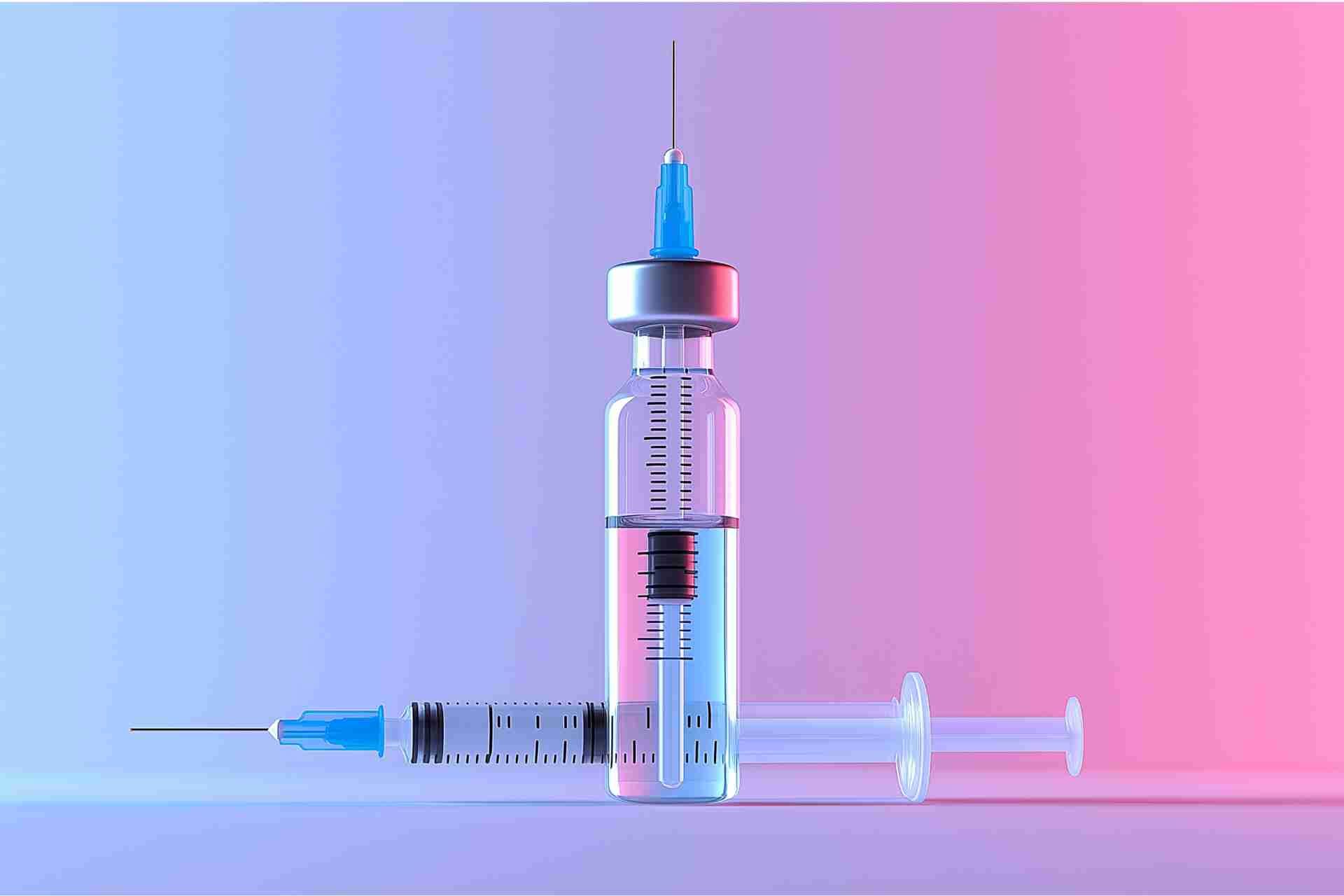Understanding the Legal Status of Ketamine Therapy in the U.S.
As you explore the legal landscape of ketamine therapy in the U.S., you'll find it's a complex mix of federal guidelines and state-specific regulations. Understanding your rights and the responsibilities of healthcare providers is crucial, especially since access to this emerging treatment can vary widely. What does this mean for you and your options? The nuances of these laws might just surprise you.
Overview of Ketamine Therapy and Its Uses
Ketamine therapy has gained attention for its potential to treat various mental health conditions, especially those that haven't responded to traditional treatments.
As you explore this innovative approach, you'll find it's primarily used for conditions like depression, anxiety, PTSD, and chronic pain. The rapid onset of effects is a significant advantage, often providing relief within hours rather than weeks.
You'll discover that ketamine can be administered through various methods, including intravenous infusions, intranasal sprays, and oral formulations. Many patients report profound improvements in mood and functionality.
While the research is ongoing, the promising results have encouraged mental health professionals to consider ketamine therapy as a viable option for those struggling with treatment-resistant conditions.
Federal Regulations Surrounding Ketamine
As interest in ketamine therapy grows, understanding the federal regulations surrounding its use becomes important.
The Drug Enforcement Administration (DEA) classifies ketamine as a Schedule III controlled substance. This classification means that while ketamine has accepted medical uses, it also poses a potential for abuse.
Physicians can legally prescribe ketamine for off-label uses, which includes its use in treating depression and anxiety. However, providers must comply with federal guidelines, ensuring proper documentation and patient management.
Additionally, any facility offering ketamine therapy must adhere to federal safety protocols. Knowing these regulations helps you navigate the landscape of ketamine therapy responsibly, ensuring both compliance and safety in treatment.
State-Specific Laws and Variations
While federal regulations provide a baseline for ketamine therapy, state-specific laws can vary significantly, impacting how treatment is administered.
In some states, you might find stringent regulations requiring specific licenses for practitioners, while others allow broader access for mental health treatment.
Some states have established guidelines that dictate the dosage and administration methods, whereas others mightn't have formal regulations at all.
You should also be aware that insurance coverage for ketamine therapy can differ by state, affecting your out-of-pocket costs.
It's crucial to research the laws in your state or consult with a healthcare provider familiar with local regulations to ensure that you're receiving treatment in compliance with applicable laws.
Implications for Healthcare Providers
The evolving legal landscape surrounding ketamine therapy presents significant implications for healthcare providers. As regulations change, you'll need to stay informed about state-specific laws and federal guidelines to ensure compliance.
Failure to adhere to these legal requirements could expose you to liability and jeopardize your practice. Additionally, you might face ethical dilemmas when weighing the benefits of ketamine therapy against potential legal repercussions.
It's crucial to develop robust protocols for patient screening, treatment, and follow-up to maintain safety and efficacy. Collaborating with legal experts can help you navigate this complex environment.
Ultimately, understanding the legal status of ketamine therapy will empower you to provide effective care while minimizing risks associated with this innovative treatment option.
Patient Considerations and Rights
When considering ketamine therapy, it's essential to understand your rights and responsibilities as a patient. You have the right to informed consent, meaning you should receive clear information about the treatment, its benefits, and potential risks.
Don't hesitate to ask questions or express concerns before starting therapy. Additionally, you should ensure that the provider is licensed and follows legal guidelines for administering ketamine.
Keep track of your treatment progress and communicate openly with your healthcare team about any side effects or changes in your condition.
Future Outlook for Ketamine Therapy Legislation
As you advocate for your health in ketamine therapy, it's important to keep an eye on the evolving landscape of legislation surrounding this treatment.
The future of ketamine therapy legislation looks promising, with increasing recognition of its benefits for mental health conditions. States are beginning to adopt more supportive regulations, potentially leading to wider availability and acceptance in clinical settings.
However, you should remain aware of ongoing debates regarding safety and standardization. Advocacy groups are working diligently to push for more research, which could influence future policy changes.
As public awareness grows, lawmakers may prioritize creating frameworks that ensure safe and effective use of ketamine therapy. Staying informed will help you navigate this changing environment effectively.
Conclusion
In conclusion, understanding the legal status of ketamine therapy is crucial for both you and your healthcare provider. With its classification as a Schedule III controlled substance, regulations can differ significantly from state to state. Staying informed about these laws not only ensures compliance but also safeguards your rights to access this promising treatment. As ketamine therapy continues to evolve, keeping an eye on legislative changes will be vital for both patients and providers alike.











